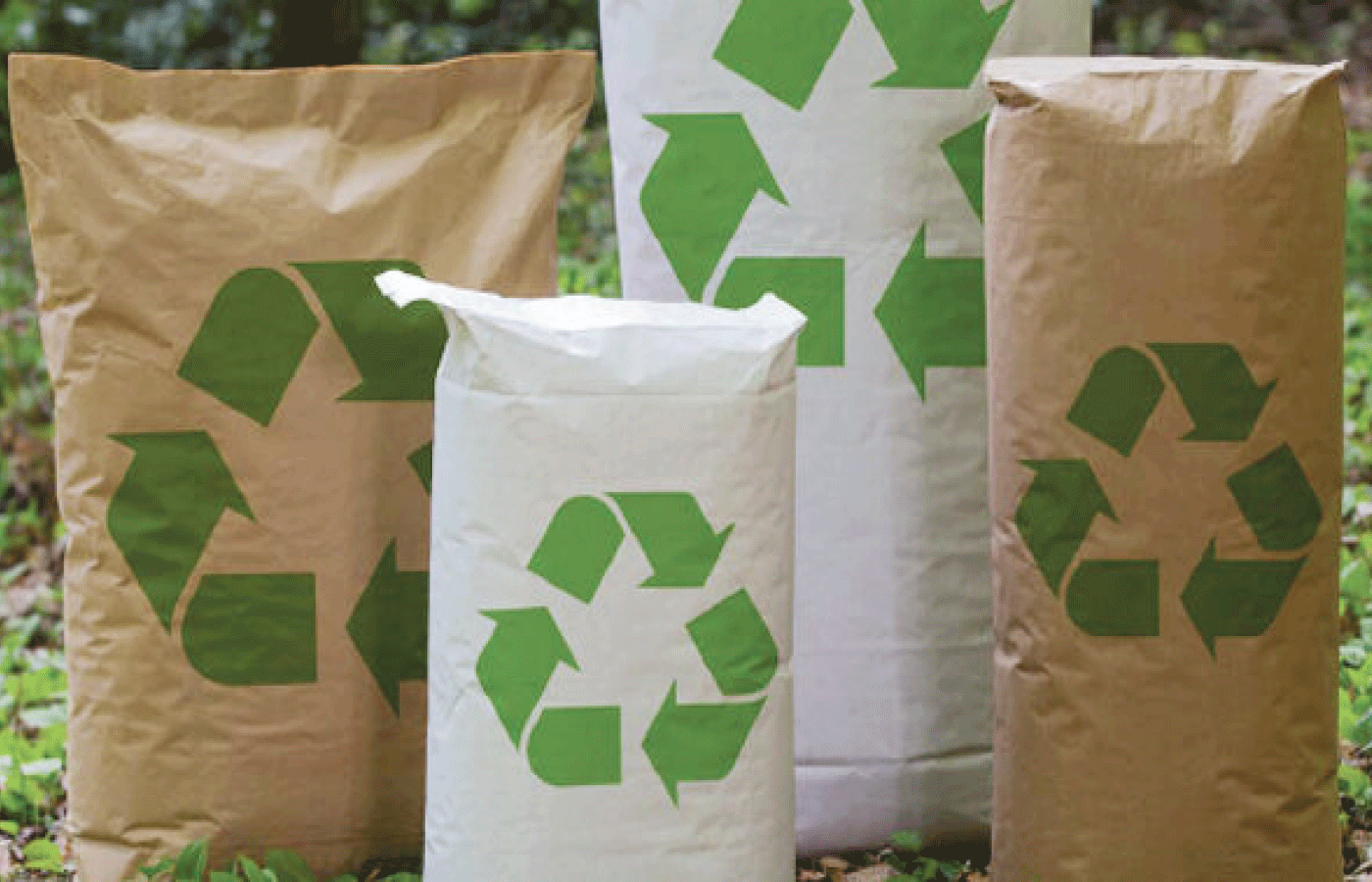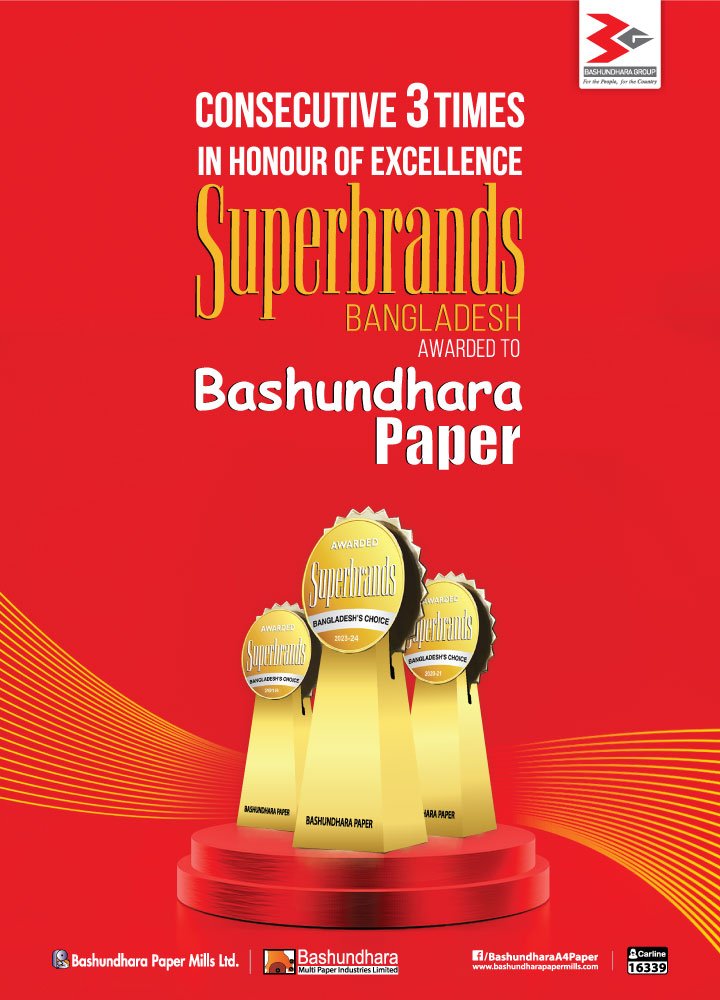Enhancing Paper Sack Recyclability: European Commission’s New Regulative Proposal and Industry Guidelines

The European Commission has recently put forth a new regulative proposal, emphasizing that packaging structures, to be deemed recyclable, must have accessible collection and processing systems on an industrial scale. The proposed EU Regulation on Packaging and Packaging Waste (PPWR) has set ambitious targets, aiming for all packaging to be recyclable by 2030. In this context, the focus on enhancing the recyclability of paper sacks has gained prominence.
In response to these regulatory developments, EUROSAC and CEPI Eurokraft have jointly released the ‘Paper Sacks – Design for Recyclability Guidelines’. These guidelines serve as a comprehensive resource for paper sack producers, converters, and fillers, offering valuable recommendations for optimizing the recyclability of paper sacks. Catherine Plitzko-Kerninon, the General Delegate of EUROSAC, highlighted the commitment of the industry to contribute to a bio-based, low-carbon, and circular economy, emphasizing the pivotal role of maximizing the recyclability of paper sacks in achieving this goal.
Despite paper sacks constituting a mere 1.5% of the total paper packaging stream in Europe, efforts to enhance their recyclability remain significant. As part of the mixed paper packaging recycling streams, these sacks primarily comprise paper (91.7%), glues (2%), inks (1.1%), and moisture barriers in the form of polyethylene film (5.2%), which are efficiently separated in most recycling facilities. The industry aims to optimize the recycling of each component of the paper sack, recognizing its inherent recyclability owing to its predominantly fibre-based nature. However, specific design and specification properties can significantly impact the recyclability of individual paper sacks.
The ‘Paper Sacks – Design for Recyclability Guidelines’ provide detailed recommendations for the various materials employed in industrial paper sacks. Encompassing different fibre types and potential additives used in sack kraft paper, the guidelines also shed light on the implications of diverse barriers necessary for product safety. Additionally, the document offers insights into the effects of inks, varnishes, adhesives, as well as supplementary constructive elements like carrying handles and plastic windows.
Plitzko-Kerninon emphasized that armed with this comprehensive information, all stakeholders in the paper sack industry can effectively contribute to maximizing the recyclability of the paper sacks they introduce to the market. This unified commitment from both regulatory bodies and industry players marks a significant step towards fostering a sustainable and environmentally conscious approach to packaging.



















